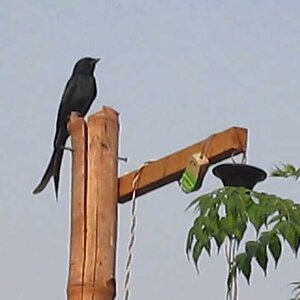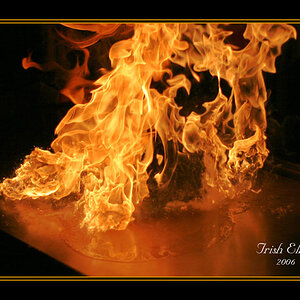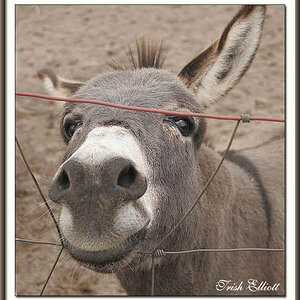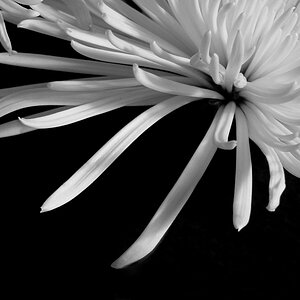Tim Tucker
No longer a newbie, moving up!
- Joined
- Mar 23, 2015
- Messages
- 660
- Reaction score
- 579
- Can others edit my Photos
- Photos NOT OK to edit
Well, kind of an oversimplification that misses the main aspects and relationships between shutter speeds, focal length, aperture and distance.
I would tackle this as three separate subjects much as Ansel Adams does in his book "The Camera".
F-stop is simply the effective aperture of the lens described as a ratio of it's focal length, hence the f. f4 or 1:4 on a 100mm lens simply means it has an effective aperture of 25mm or 1/4 of the focal length f. In an ideal world all lenses transmit the same amount of light onto a sensor at the same f-stop. Depth of field is affected by aperture, but also considerably more by focal length and distance from the subject.
Shutter speed is not the only or even the main contributor to reducing motion blur. Again focal length and distance from the subject play a vital role. It is about how far across the sensor the moving part of the image travels while the shutter is open.
I also have a big problem with the idea of an exposure triangle. It suggests that you use ISO as an exposure tool so you can set the aperture and shutter speed you want, this is a big mis-understanding of it's role and how it affects the image.
Aperture, shutter speed and ISO are all logarithmic scales. With aperture and shutter speed each increase of one stop doubles the amount of light hitting the sensor for any given luminance value. This is not the case when you adjust the ISO setting. to see how this works in it's simplest form think about the luminance as arbitrary units from shadow values to highlights.
We start with no light, a value of 0. If we then assign a value of 1 unit for the amount of light that makes the first measurable tone on your sensor then for each successive increase of one stop on shutter speed or aperture the amount doubles so the units are:
1, 2, 4, 8, 16, 32, 64, 128, 256, 512, 1024.
This represents a realistic and usable DR of 11 stops and is the luminance values for the tones from black to white in your image using our arbitrary values. You will notice one very important thing here:
The difference in luminance between the deepest shadows (1 to 2) is 1 unit in 1024 or 0.1% of the luminance of the white values, whereas the difference in your highlights say between 256 and 512 is 25% of the luminance, yet both of these increments represents a difference of 1 stop.
A simple model of what happens when you increase ISO is that you progressively under-expose you image then amplify the signal. So an exposure at ISO800 is 3 stops under exposed and so you shift the values down the scale by 3 steps. Your shadow values that are 3 stops under exposed are all now below 0.2% of the amount of light the sensor can record.
You can see now that amplifying such small differences in values contributes to poor separation of tones and a lot of noise. You effectively decrease the DR of the camera when you increase the ISO setting.
Hope this helps some.
I would tackle this as three separate subjects much as Ansel Adams does in his book "The Camera".
F-stop is simply the effective aperture of the lens described as a ratio of it's focal length, hence the f. f4 or 1:4 on a 100mm lens simply means it has an effective aperture of 25mm or 1/4 of the focal length f. In an ideal world all lenses transmit the same amount of light onto a sensor at the same f-stop. Depth of field is affected by aperture, but also considerably more by focal length and distance from the subject.
Shutter speed is not the only or even the main contributor to reducing motion blur. Again focal length and distance from the subject play a vital role. It is about how far across the sensor the moving part of the image travels while the shutter is open.
I also have a big problem with the idea of an exposure triangle. It suggests that you use ISO as an exposure tool so you can set the aperture and shutter speed you want, this is a big mis-understanding of it's role and how it affects the image.
Aperture, shutter speed and ISO are all logarithmic scales. With aperture and shutter speed each increase of one stop doubles the amount of light hitting the sensor for any given luminance value. This is not the case when you adjust the ISO setting. to see how this works in it's simplest form think about the luminance as arbitrary units from shadow values to highlights.
We start with no light, a value of 0. If we then assign a value of 1 unit for the amount of light that makes the first measurable tone on your sensor then for each successive increase of one stop on shutter speed or aperture the amount doubles so the units are:
1, 2, 4, 8, 16, 32, 64, 128, 256, 512, 1024.
This represents a realistic and usable DR of 11 stops and is the luminance values for the tones from black to white in your image using our arbitrary values. You will notice one very important thing here:
The difference in luminance between the deepest shadows (1 to 2) is 1 unit in 1024 or 0.1% of the luminance of the white values, whereas the difference in your highlights say between 256 and 512 is 25% of the luminance, yet both of these increments represents a difference of 1 stop.
A simple model of what happens when you increase ISO is that you progressively under-expose you image then amplify the signal. So an exposure at ISO800 is 3 stops under exposed and so you shift the values down the scale by 3 steps. Your shadow values that are 3 stops under exposed are all now below 0.2% of the amount of light the sensor can record.
You can see now that amplifying such small differences in values contributes to poor separation of tones and a lot of noise. You effectively decrease the DR of the camera when you increase the ISO setting.
Hope this helps some.
Last edited:


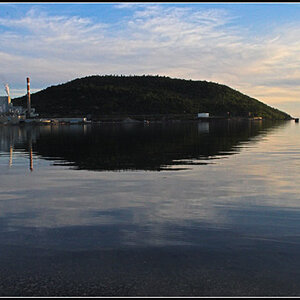
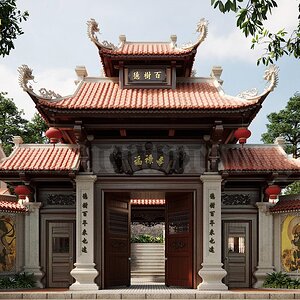
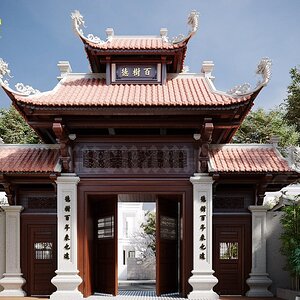
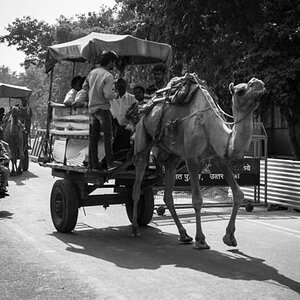
![[No title]](/data/xfmg/thumbnail/39/39286-ae386da044402acf92e55d8b68c26af3.jpg?1619738956)
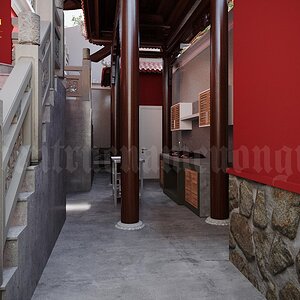
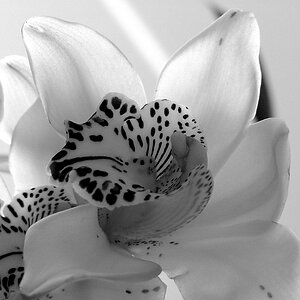
![[No title]](/data/xfmg/thumbnail/40/40288-4d5d7a8aa74ddfceb5fb82062d9b21be.jpg?1619739409)
